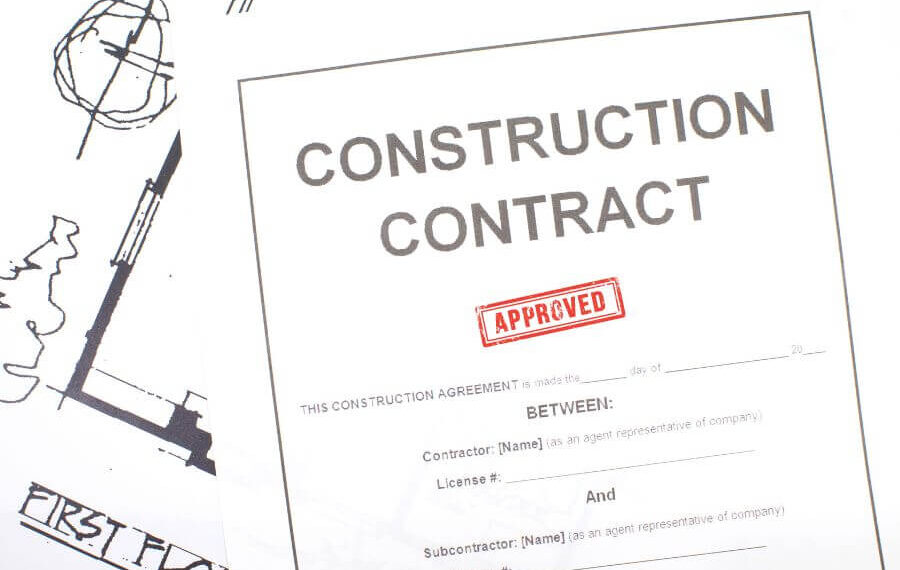

Construction agreements have evolved throughout the years, and there are many variations to suit the best risk allocation between owners and contractors. Among them, design and construct (D&C) contracts emerge as one the most used commercial frameworks.
But what exactly is a design and construction contract? Also known as design and build (D&B), this is a construction agreement in which the contractor is responsible (and assumes the risks) for both the design and construction phases of a project, with significant level of risk transfer from the Owner to the Contractor
Overall, this approach tends to streamline integration between both cycles, decrease owner’s coordination needs, improve efficiency, and increase predictability of project costs and timelines.
In this article, we will explore D&C Contracts further, understand their pros and cons, compare them to the traditional construction-only approach, and briefly explore the existing variations – keep reading!
In a D&C contract, the client/owner enters into a single contract with a construction company that provides both the design and construction.
However, before doing so, the client/owner typically develops a project brief , including a preliminary design, a detailed scope of work, an indicative delivery program, and other documents, such as technical specifications, which combined form a procurement package (step 1 in picture below).
With the final package, the owner will proceed to project tendering and engage with the market until a preferred contractor is chosen to deliver the D&C Contract (step 2 in the picture below).
The successful D&C contractor will, based on the project’s brief documents, further develop the design package until it reaches the “approved for construction (AFC)” status and ultimately proceed to construction (step 3 in the picture below)
Typically, D&C contractors are also in charge of as-built drawings, asset handover, and the agreements also include a liability period of 12-24 months to deal with potential patent and/or latent defects (step 4 in the picture below)

It is important to note that the D&C model’s characteristics can vary depending on the extent of design undertaken by the client/owner and its preferences. Here are some common issues faced by an Owner that are worth noting:
Independent of the level of design control chosen by the Owner, it is essential that the contract clearly delineates the scope and responsibilities of each party .